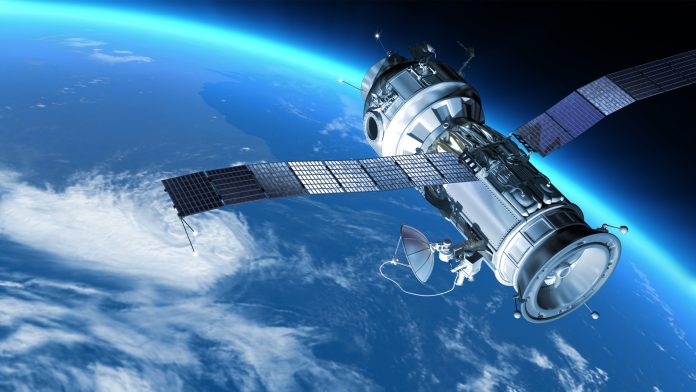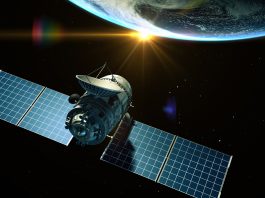Environmental scientists at the University of Hong Kong solve significant observational issues of satellites to advance the fine-scale observation of the Earth’s surface.
The Earth has suffered vast environmental changes which are closely connected to anthropogenic activities. Satellite remote sensing presents a quantitative method of observing these changes but is frequently restricted to coarse spatial or temporal resolutions. Now, the arrival of Planet’s Dove satellites – a constellation of CubeSats comprised of over 190 satellite sensors to deliver daily and global coverage at a 3-metre resolution – present an unparalleled opportunity for fine-scale observation of the Earth’s surface.
Overcoming satellite shortcomings
There are, however, challenges with CubeSat observations that are currently inhibiting its wider application. These include: recurrent clouds and cloud shadows that can interfere with the satellite signal; CubeSat observations source from more than 190 satellite sensors with variable sun angles, resulting in data discrepancy issues across different sensors; and precise biophysical interpretation of satellite signal needs improvement.
Dr Jin WU and Dr Jing WANG from Global Ecology and Remote Sensing (GEARS) Lab at the School of Biological Sciences, The University of Hong Kong (HKU), undertook research to investigate these shortcomings by developing innovative observational techniques that deliver a greater accuracy on observing Earth’s fine-scale changes from space.
The research group has now established an automatic cloud and cloud shadow screening technique for CubeSats. It leverages the spatial and temporal information of satellite reflectance bands and has been shown to allow cloud and shadow screening with the greatest precision and least sensitivity to land cover type. The study’s findings, therefore, improve the observation of atmospheric cloud covers whilst enhancing the data quality measurements for land-surface monitoring and biophysical extraction.
This novel research has been published in the journal Remote Sensing of Environment.
Next-generation satellite data
In recent years, the group has put a lot of work into the advancement of the processing and interpretation of CubeSats. For example, to enhance its data consistency over space and time, the researchers have established a rigorous technique to cross-calibrate CubeSats to the same level as a more stable single-sensor satellite – Moderate Resolution Imaging Spectroradiometer (MODIS), that has been thoroughly calibrated with sun-sensor geometry issues and verified with consistently high data quality. In order to achieve a direct and accurate biophysical interpretation from space, the group suggested a spectral unmixing method that efficiently categorised the forest canopy into leafy vs leafless phenophases, which then allows fine-scale accurate phenology monitoring of tropical forests. Likewise, by incorporating proximate drone surveys with CubeSats, the group exhibited the possibility to examine plant phenology at the tree-crown scale.
“Our research has made significant observational advances to make full use of these new-generation satellite data, and ultimately facilitate the monitoring of Earth’s environmental changes, especially for those rapid and fine-scale changes,” explained the study’s lead author Dr Jing Wang.
“There have been a series of papers in RSE on similar topics. Our work is not another one, but a new attempt to explore the possibility to enable satellite techniques for crown-scale phenology monitoring, which thus represents the cutting-edge research frontier and also opens a world of possibilities for individual-based ecology studies using satellite techniques,” concluded Dr Jin Wu, Principal Investigator of Global Ecology and Remote Sensing (GEARS) Lab at HKU.
With these advances, in the next step, the GEARS lab is aiming to leverage CubeSats and other geospatial technologies to facilitate the relevant research fields, which include but are not limited to ecological scaling principles, biodiversity research, forest growth, health, and management practices, climate change impact assessments and mitigation strategies, and ultimately the nature-based solutions to reaching carbon-neutral goals.









